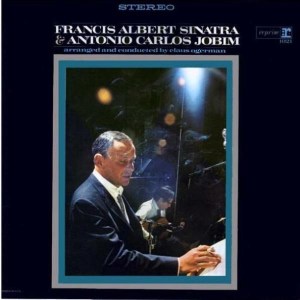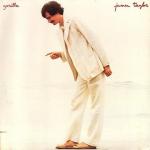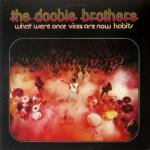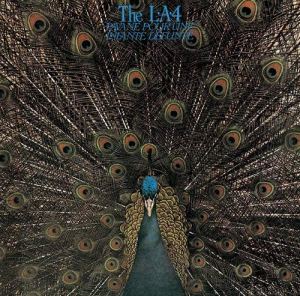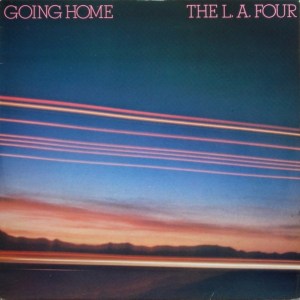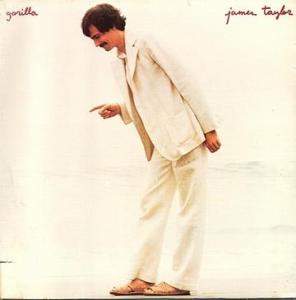More Frank Sinatra
More Antonio Carlos Jobim
- With KILLER Shootout Winning Triple Plus (A+++) sound or close to it from start to finish, this original stereo pressing of Sinatra and Jobim’s sublime collaboration could not be beat
- We concluded notes about this amazing side one with the following: “So tubey and present. Perfect.”
- A Must Own for Sinatra fans, but one that has a marked tendency to be noisy, as many of the owners of the album loved it and played it to death
- The presence and three-dimensional space of the recording have the power to transport the Chairman of the Board and his Brazilian buddy right into your listening room
- This is a magical album from start to finish, one of a handful of a Must Own Sinatra releases, and my personal favorite of all his recordings
- 4 1/2 stars: “After a few plays, the album begins to slowly work its way underneath a listener’s skin, and it emerges as one of his most rewarding albums of the ’60s.”
- We’ve recently compiled a list of records we think every audiophile/music-lover should get to know better, along the lines of “the 1001 records you need to hear before you die,” with less of an accent on morbidity and more on the joy these amazing audiophile-quality recordings can bring to your life. This is a good example of a record audiophiles should make an effort to get to know better
This is, in our opinion, one of the two best sounding Sinatra album on Reprise (the other being September of My Years from 1965). The recording is so rich, sweet, and Tubey Magical, you would think it was prime Capitol period Sinatra — but it’s not, obviously; it just sounds that way.
If you like romantic music, you will be hard-pressed to find a better album than this one. The song “Quiet Nights Of Quiet Stars” perfectly encapsulates the mood of this album. My favorite track here is “Dindi.” Sinatra is the king of lost loves, and the song “Dindi” offers him another opportunity for regret. Nobody does it better than Frank. It’s a cliche to say he wears his heart on his sleeve, but the man made a career out of it. If the cliche fits…
Whatever you do, don’t waste your money on Kevin Gray’s mediocre cutting of the album. I gave it a C- years ago for sound, but these days I suspect it might get an F. A lot of his stuff does.
